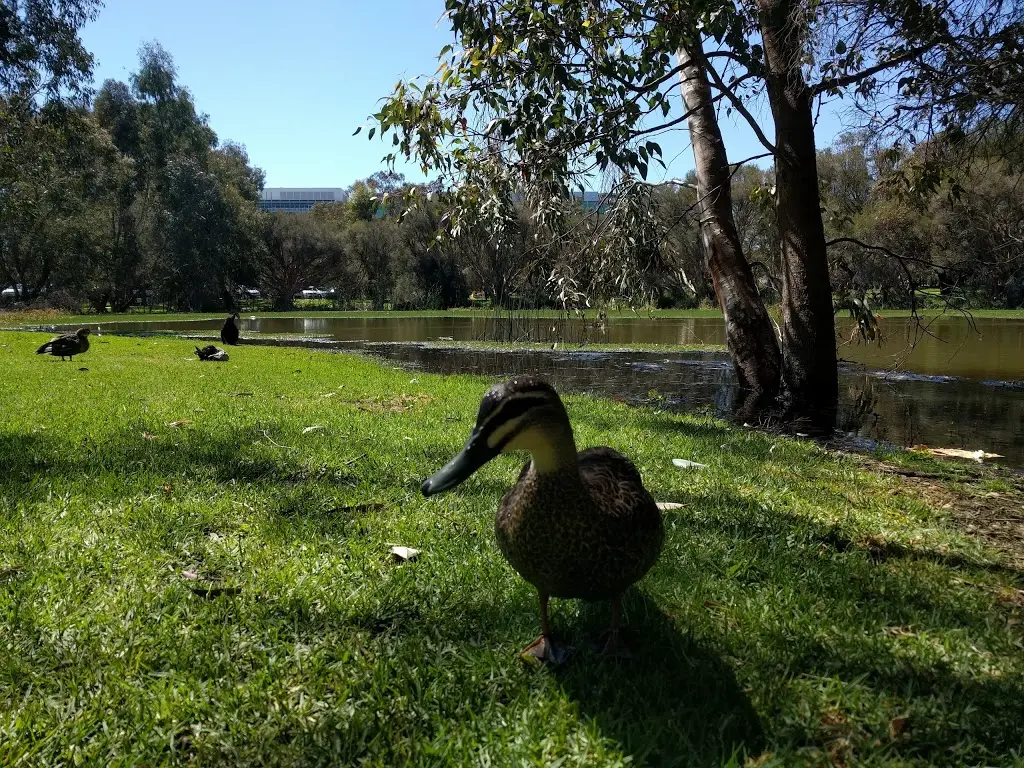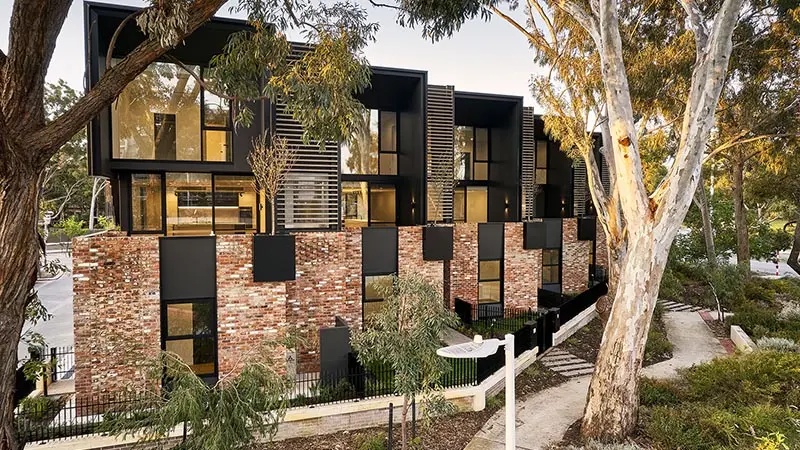
Glendalough is a distinctive suburb, defined by a harmonious blend of vintage character housing and grouped residential developments that date back to the 1970s. These older homes often feature brick and tile construction with timber floors, reminiscent of the post-war era. Concentrations of units can be primarily seen around Harborne and Cayley Streets, adding to the suburb’s urban charm, and are conveniently positioned near the Glendalough train station, a nod to Perth’s expanding northern transit system.
Despite its urban profile, Glendalough boasts rich community values and landmarks. While public open spaces within the suburb are minimal, its proximity to the vast recreational reserves of Lake Monger and Herdsman Lake offers residents a refreshing touch of nature. The community benefits from a local shopping centre and two schools, with significant landmarks like the historic Glendalough Parish and the practical Glendalough train station adding to its appeal. The area effortlessly combines convenience, heritage, and community, making it a unique spot in Western Australia.
2,628
34
1,353
$780K
$750 per week
6 Days
Data obtained in 2025 from Real Estate Institute of Western Australia and Australian Bureau of Statistics
The history of Glendalough is deeply intertwined with its namesake, a renowned Catholic centre in Ireland dating back to the 7th century. Its foundation in Western Australia began with a crown grant in 1837, awarded to Thomas Helms for the region encompassing Glendalough and a segment of Herdsman Lake. Over the next century, the land saw a significant association with the Catholic Church, notably in 1921 when it became a rest home site for the Little Sisters of the Poor. Development surged in 1949, when the State Housing Commission undertook subdivision efforts, with several streets, like Leeder and Powis Street, commemorating passengers of the ship Rockingham.

Ensure you’re priced right; schedule a property appraisal with our seasoned professionals who understand the local nuances and trends.